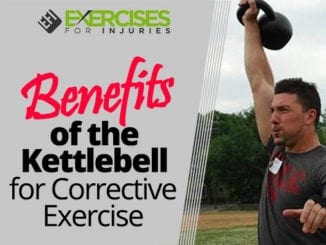
Unique fitness assessments are an important part of any exercise program. They provide information about your current fitness level, enabling you to set appropriate goals for future workouts. A fitness assessment can help you determine the intensity and duration of each workout as well as monitor your progress over time.
I have another interview with fitness professionals that focus on movement coaching.
Today I am interviewing Mike T Nelson.
He’s going to chat with us about assessing your client.
Mike Nelson has an extensive human movement background and is finishing his Ph.D. in Kinesiology. He focuses on personal training and movement coaching in Minnesota.
A Unique Fitness Assessment with Mike T Nelson
In Part 1 of the interview, Mike T Nelson will share with you:
- Who he is
- His unique approach to assessing clients
CLICK HERE for the unique fitness assessment interview
In Part 2 of the interview, Mike T Nelson will share with you:
- More about his unique approach to assessing clients
- Jammed joints and muscular weakness
- An inside peak on his topic for his PhD
CLICK HERE for the rest of the unique fitness assessment interview
Before I go, I wanted to type out a vital part of the interview.
Not all of you will listen to the whole interview, but it has some great information.
This was the part that I thought was a must to listen to.
What is Arthrokinetic Reflex?
Rick Kaselj: Another thing we discussed before we got on the call was arthrokinetic reflex.
So maybe you can explain how jammed joints can lead to muscular weakness.
Mike T Nelson: You see this a lot. I was talking to someone this morning about this. He was saying it excludes dysfunction in runners all the time.
So at its most superficial level, if I injure my right elbow, my body neurologically will not let me curl, say, a heavyweight.
It will not allow those muscles across the elbow joint to fire at 100 percent because it goes. So since you’re doing a voluntary exercise, I’m not going to allow you to complete that motion with this much force because I’m trying to protect your elbow. The body is going to try and save you from itself. It’s going to try and prevent you from destroying yourself. So the reverse is true. If I can get excellent elbow mobility, my brain goes, “Hey, no elbow problems here. All systems go.” Then you can allow yourself to lift the heavier object. So the theory is that if your body is more survival-based, it doesn’t care about performance.
The way to get a performance increase is to make it better to survive. By doing that, you’re able to increase performance. So by getting rid of that arthrokinetic reflex, that jammed elbow joint allows you to have a much better muscular function at that level.
Thank you so much.
I hope you enjoyed the interview.
Feel free to email me and let me know what topic you would like to cover in upcoming interviews or what fitness professionals you would like me to interview.
Questions about Assessment and Exercise
Rick Kaselj, MS




